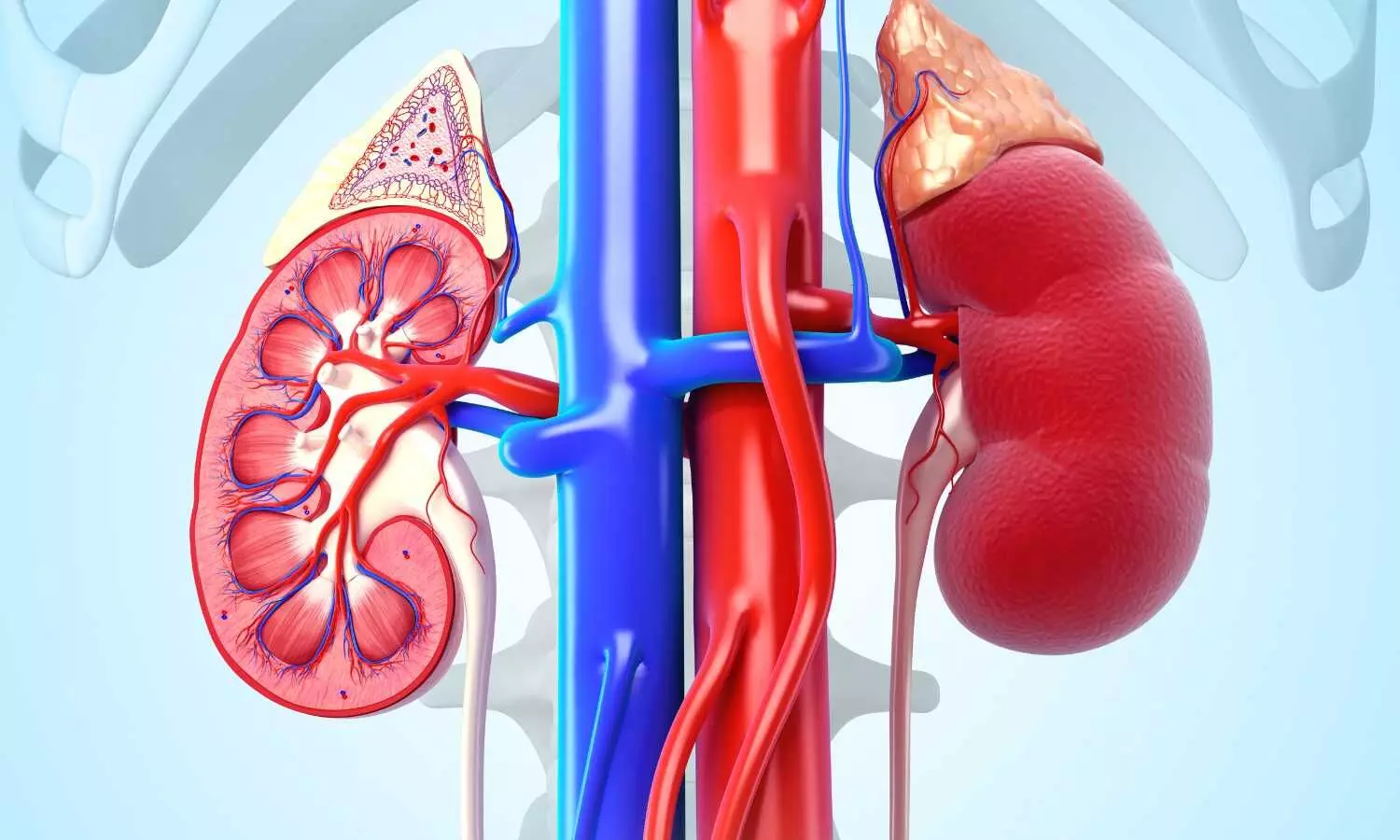Uveitis Risk Higher in Children with Early-Onset Atopic Dermatitis, Study Finds

Taiwan: A new large-scale cohort study published in JAMA Ophthalmology has revealed that children with early-onset atopic dermatitis (AD) may be at a significantly higher risk of developing pediatric uveitis, an inflammatory eye condition that can lead to vision complications if left untreated. Traditionally linked to skin-related issues, AD is now being associated with ocular inflammation, adding a new dimension to its clinical understanding.
The study found that children with early-onset AD had nearly twice the risk of developing uveitis (hazard ratio [HR] 1.92) compared to those without AD, independent of autoimmune conditions or dupilumab use. The risk was even greater in severe cases, with a more than threefold increase in likelihood (HR 3.64). These findings highlight the need for regular ophthalmologic monitoring in children with AD to enable early detection and management of uveitis.
Uveitis, which affects the uveal tract of the eye, can present with symptoms such as eye pain, redness, blurred vision, and light sensitivity. In some cases, it may be asymptomatic, particularly in children, making early detection and routine screening critical. Left untreated, chronic uveitis can lead to complications such as cataracts, glaucoma, or even permanent vision loss.
Against the above background, Yung-Yu Chu, Department of Ophthalmology, Chi Mei Medical Center, Tainan, Taiwan, and colleagues aimed to assess the likelihood of pediatric uveitis in children with early-onset atopic dermatitis relative to a matched control group.
For this purpose, the researchers conducted a cohort study using electronic health records from the TriNetX network, analyzing data from January 1, 2004, to December 14, 2024. Children with early-onset AD were compared to matched controls without AD, excluding those with prior uveitis. Propensity score matching was used to balance baseline characteristics. Using ICD-10 codes to identify AD cases, the primary outcome measured was the hazard ratio for developing pediatric uveitis. Cox proportional hazards models were employed to assess the risk, with all analyses completed on December 14, 2024.
The study led to the following findings:
- After matching, 114,889 patients were included in each cohort, with a mean follow-up of 6.0 years in the AD group and 6.6 years in the control group.
- The mean age at inclusion was approximately 0.5 years for the AD cohort and 0.6 years for the control cohort; 56.4% in the AD group and 56.9% in the control group were male.
- The AD cohort showed a higher risk of developing pediatric uveitis compared to controls (94 [0.08%] vs 58 [0.05%]; HR, 1.92).
- Sensitivity analysis excluding dupilumab users showed an elevated risk (HR, 1.77).
- A similar increased risk was seen in patients without autoimmune conditions (HR, 1.52).
- Children with severe AD had a significantly higher risk of developing pediatric uveitis compared to those with nonsevere AD (HR, 3.64).
The cohort study found that children with early-onset atopic dermatitis face a higher risk of developing pediatric uveitis, regardless of autoimmune conditions or dupilumab use.
“The findings highlight the importance of considering regular ophthalmologic monitoring in this population to enable early detection and timely management of uveitis,” the authors concluded.
Reference:
Chu Y, Sung C, Lin Y, et al. Risk of Developing Pediatric Uveitis Among Patients With Early-Onset Atopic Dermatitis. JAMA Ophthalmol. Published online April 03, 2025. doi:10.1001/jamaophthalmol.2025.0366
Powered by WPeMatico









